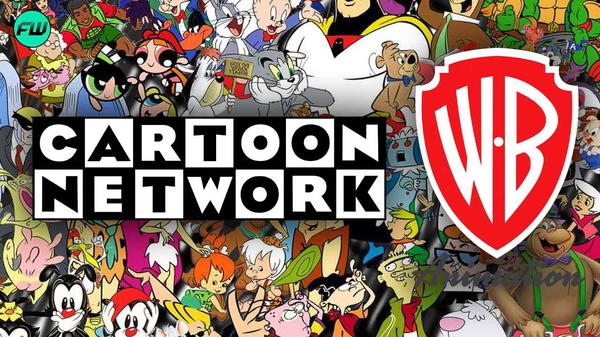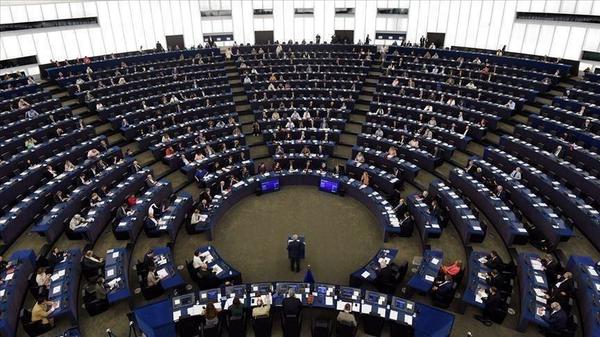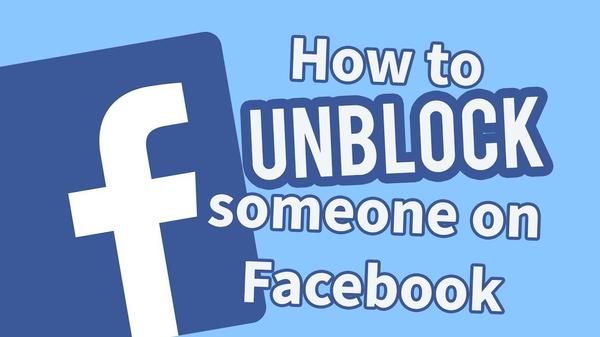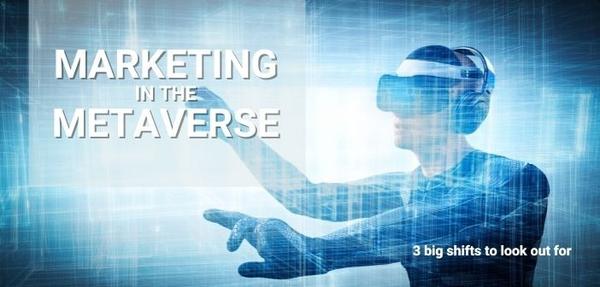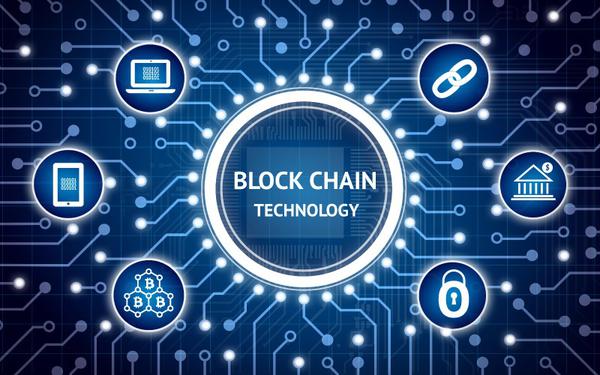

Content Writer | Copywriter | Academic Writer | Ghostwriter | Scriptwriter
Email: rkumar56678@gmail.com
New Delhi, India
My major interest areas/fields/activities are:
💻 Content Writing + Writing (in general)
📚 Reading
🌐 Politics
🏝 Languages including (Russian, Ukrainian, German, Japanese)
🖨 Translation (Hindi to English, English to Hindi, English/Hindi to Russian/Ukrainian and vice-versa)
🚀 Entrepreneurship
🎨 Graphic Designing
🌱 Science
📚 English Literature
💡 Artificial Intelligence
📖 Philosophy
💻 Coding, though I am not too much into it.
Have done masters in English.
I have over 6 years of experience in content writing.
Niches/Domains in which I have been working frequently include:
✅ Technical writing
✅ Academic writing
✅ SEO writing
✅ Copywriting
✅ Travel writing
✅ Script Writing
✅ Entertainment
✅ Sports
✅ Anime
✅ Gaming
✅ Cryptocurrency
✅ Finance & insurance
✅ Science
✅ Newsletters
✅ Home Improvement
✅ Lifestyle
✅ 360• Marketing
✅ Films & Media
✅ Resume Writing
✅ Contract/Agreements Curation
✅ Operations
✅ Education
✅ Real-Estate
✅ News Writing
✅ Fin-tech
✅ Metaverse
✅ Web 3.0
✅ Blockchain
✅ B2B Business
✅ SaaS
✅ AI
✅ Medical Terminology
✅ Nutrition and so on.
Basically, I am apt to work on all niches conveniently.
Hard-working, a voracious reader who has an interest in:
👉 English Literature
👉 Physics
👉 Chemistry
👉 Law
👉 Linguistics
👉 Philosophy
👉 Astronomy
👉 History
👉 Political science
👉 Geography
💻 Product Management.
Connect with me:
email: rkumar56678@gmail.com
Socials 👇
Instagram ~ @wizardofwordx/rxvi470
Facebook ~ Ravi K
Snapchat ~ rxvi0001
Twitter/X ~ rxvi@20
Telegram ~ rxvi470
🔺🔻🔺🔻🔺🔻
For full-time WFO jobs, my expected salary ranges from 28K to 40K (depending on some factors such as the company, their requirements, location, environment, etc.). And for full-time work-from-home jobs, my expected salary is based on the total number of words that I am asked to write. on a daily basis.
I take freelance content writing projects on a per word basis. I charge 2 to 3 INR per word for writing blogs & articles though my charges vary depending on the requirements. For Academic Writing tasks I charge 2 INR per word. Moreover, for copywriting, scriptwriting and ghostwriting tasks my charges vary from project to project. I deliver lucid, high-quality, & AI & plagiarism-free content excluding of any grammatical/syntax mistakes.
You can contact me on the phone number, details & websites given below:
Phone: 8470040706
Email id: rkumar56678@gmail.com
Linked In: https://www.linkedin.com/in/ra...
Instagram: https://instagram.com/rxvi470?...
Instagram: https://instagram.com/wizardof...
Twitter: https://twitter.com/Rxvi20?s=0...
Meta/Facebook: https://www.facebook.com/
Telegram: rxvi470
Take a look at the stack of amazing services that I can provide:
✅Academic Writing
✅Copywriting
✅Landing Page Writing
✅Newsletter Writing
✅Articles
✅Blog Posts
✅Subject Matter Expert
✅Books
✅eBooks
✅Brochures
✅Case Studies
✅Demos
✅Email Copywriting
✅Information Guides
✅Manuals
✅How To Guides
✅Presentations
✅Press Release
✅Reference Guides
✅Surveys
✅LOR Writing
✅SOP Writing
✅White Papers
✅Script Writing
✅FAQ's
✅Reviews
✅Testimonials
✅Descriptions
✅YouTube Caption Writing
✅Instagram Caption Writing
✅Social Media Post Writing.

